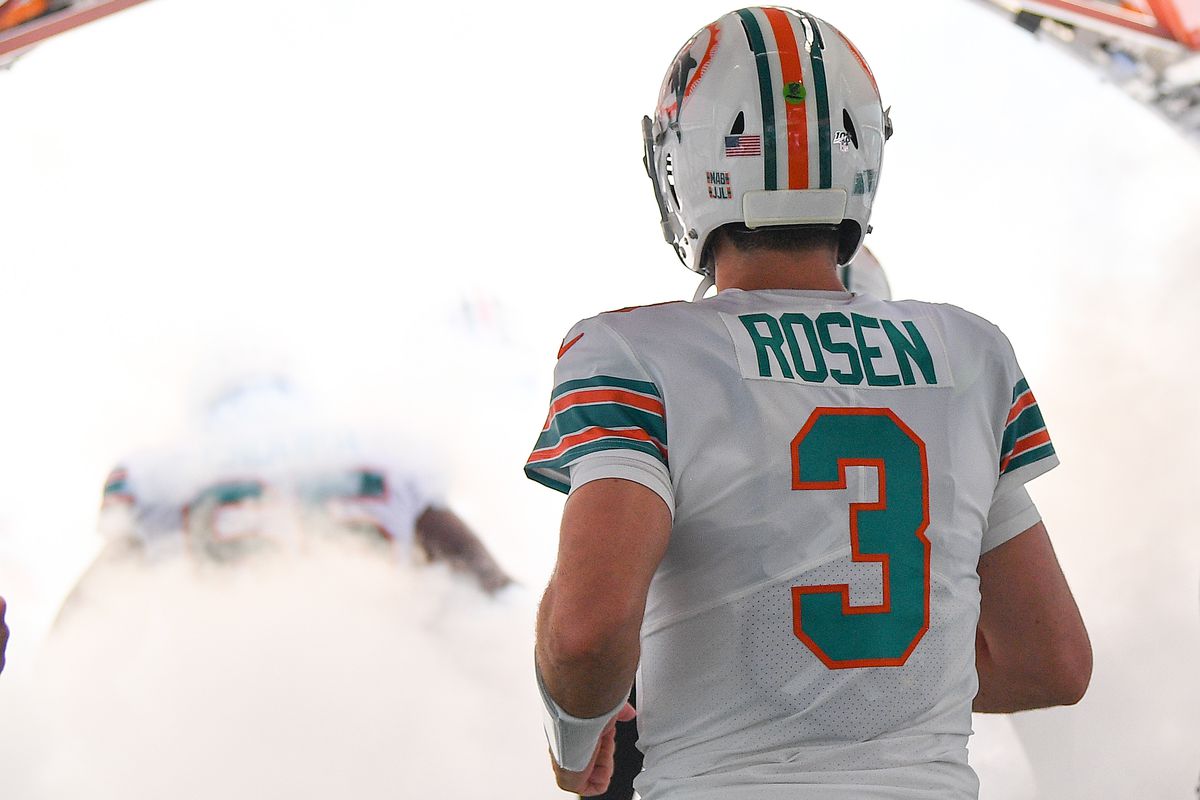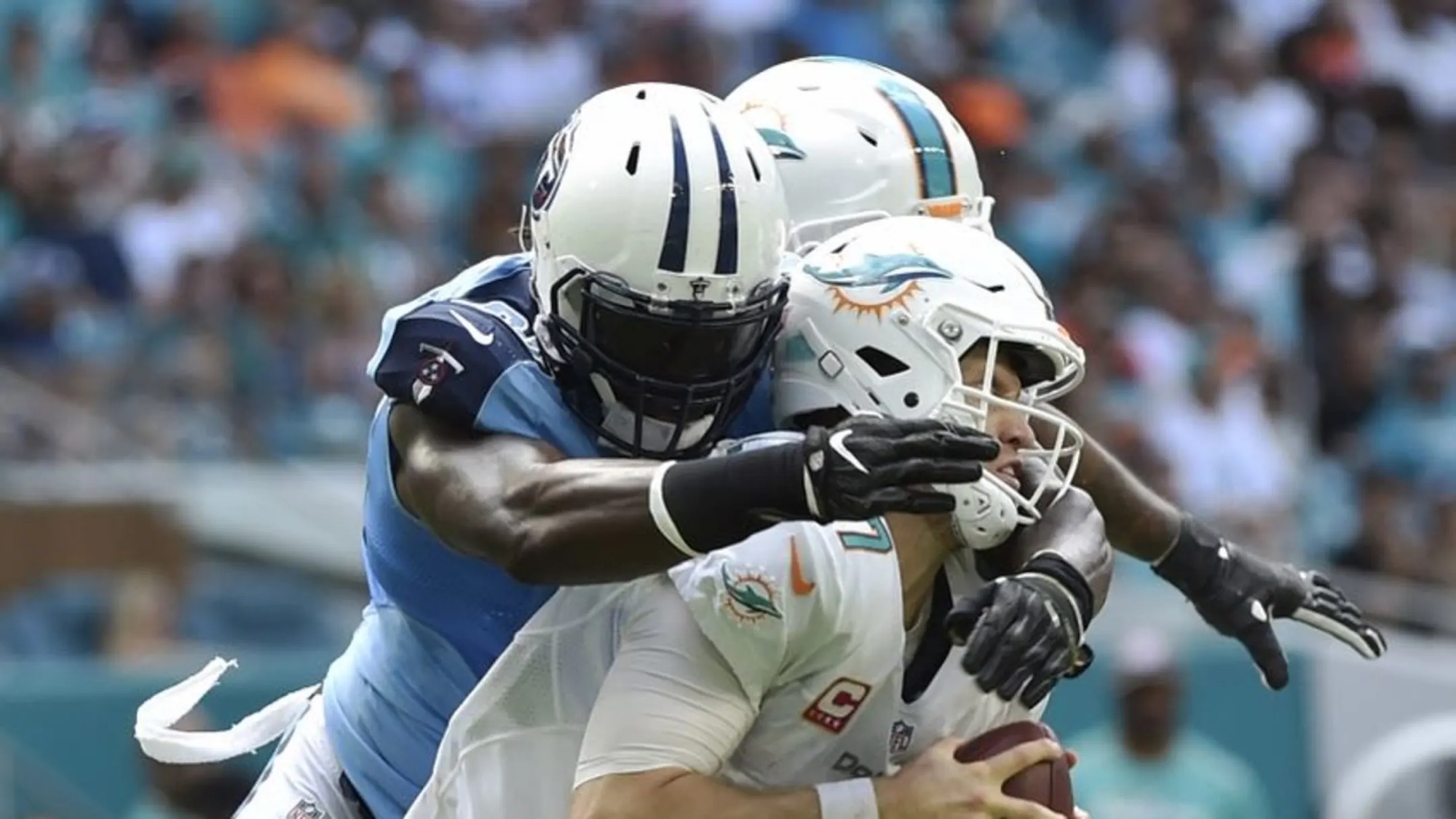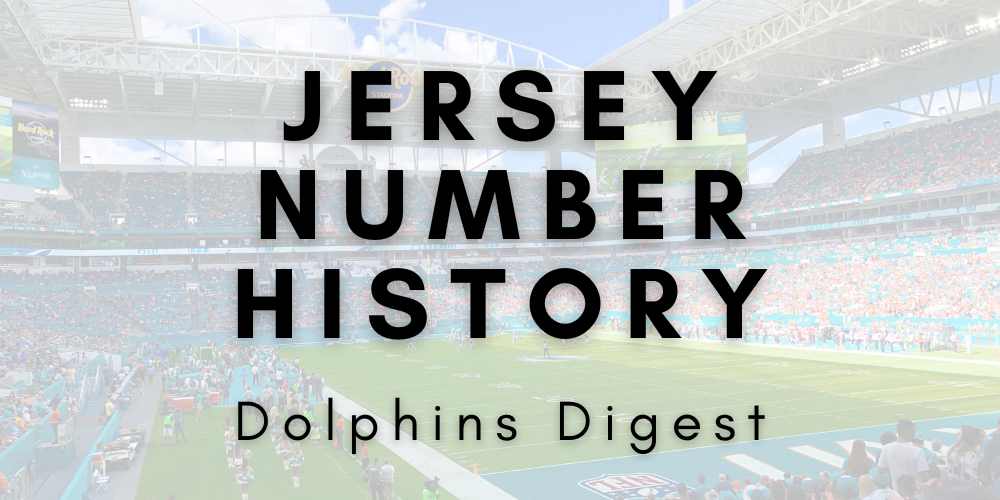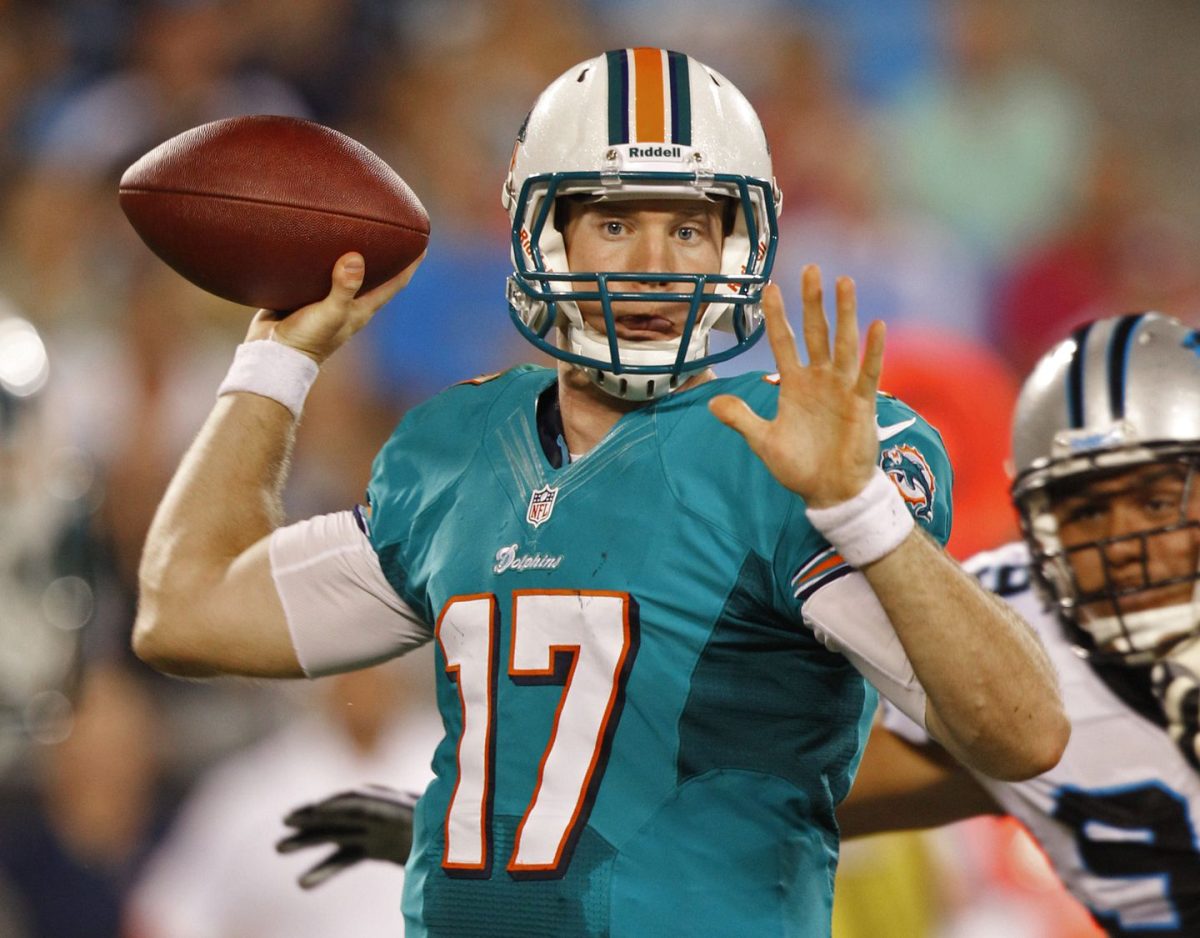In the wake of the news that the Cleveland Browns have signed Quarterback Josh Rosen, I felt inclined to dig into the 2019 trade that brought the then second-year signal caller to Miami.

But first, a little backstory.
Just months after the all-time winningest Arizona Cardinals coach Bruce Arians retired, alongside previous starting Quarterback Carson Palmer, the Cardinals decided it was time to draft a new quarterback. In that very 2018 draft, the Cardinals would trade up to the 10th overall pick in order to select QB Josh Rosen out of UCLA.
Over the course of the next 12 months, the Cardinals would go 3-13, fire their first year head coach and draft another quarterback in Kyler Murray, this time first overall.
Shortly after the Cardinals drafted Murray, they would trade Josh Rosen and a 5th round pick to the Miami Dolphins in exchange for the 62nd overall pick (Andy Isabella).
A former 1st rounder and top prospect for a 2nd round pick in the first year of a rebuild? Yes please!

As Will Smith once said, Bienvenidos a Miami
The 2019 Miami Dolphins, under new General Manager Chris Grier and new head coach Brian Flores, were set to begin what we now know was a multi-year rebuild. Their intention was to get their salary cap situation under control, infuse their roster with young drafted talent and to ultimately build a sustained winner.
This meant that in 2019, and even 2020, most of their draft picks would be going to foundation pieces along the offensive and defensive line – in the trenches guys – as they built from the inside out.
Leaving quarterback for last seems like it was always the plan, with Miami signing journeyman – and hilarious human – Ryan Fitzpatrick to lead the team that season.
However, when prior year top 10 drafted quarterbacks become available at a steep discount things change.
I’m a firm believer that if you want a franchise quarterback, you have to keep throwing darts until you finally hit that bullseye – as long as your scouting tells you there’s potential. And when you have the chance to throw a dart on a potential franchise guy with a second round pick, you should probably do it.
In the case of Josh Rosen, he was a top prospect drafted to a bad team with one of the leagues worst offensive lines – the book wasn’t written on Rosen and the Dolphins thought this could be a low risk / high reward opportunity for them.

So, how did it go?
After an 0-2 start for the team behind veteran Ryan Fitzpatrick, outscored by a total of 102-10, Josh Rosen was handed the keys to the car in Week 3 of the 2019 season.
Josh would go on to throw a total of 109 passes across three starts, completing 58 out of them (53.2%) for 567 yards, one touchdown and five interceptions en route to an 0-3 record.
To be fair, this year was always going to be challenging but from a statistical standpoint this was just not good enough for Josh or for the team. Ryan Fitzpatrick would regain the starting quarterback job in Week 7 and never handed the keys back.
In 2020, the Miami Dolphins drafted Tua Tagavailoa 5th overall and ultimately released Rosen during training camp.

So why do I think this was good process?
In all honesty, it’s easy to look back on this trade and think negatively about it with the gift of hindsight.
The reality though is that, at the time, this was a solid move for both teams. The Cardinals recouped a second round pick and the Miami Dolphins got what they considered to be a potential franchise quarterback.
As a reminder, here’s a summary of just some of the items up for consideration at the time of the trade:
- Coming out of High School, Josh Rosen was Rivals.com’s second-ranked national recruit in the 2015 class.
- Josh Rosen completed 61% of his passes, threw for 59 touchdowns, 26 interceptions and 9,340 yards with a QB Rating of 140.1 across 30 games played at UCLA.
- Josh Rosen was a top 10 pick and promising prospect just one year prior to the trade. In that draft, he was considered by many to be NFL-ready with strong mechanics when his feet are set.
- Ultimately, it’s tough to evaluate a first year quarterback as it is, let alone behind a bad offensive line on a 3-13 team with a rookie (defensive-minded) head coach.
- There was no pressure for it to work out as the team itself wasn’t set up to win that year. There was little risk in making this move with a lot of potential upside.
So yes, I think trading for Josh Rosen really was an exercise in good process. It didn’t work out, but it was a worthwhile chance to take.






One thought on “2019: The Trade for Josh Rosen”
Comments are closed.